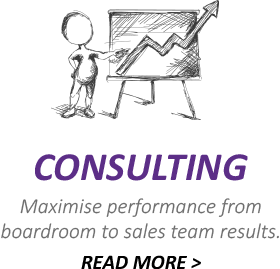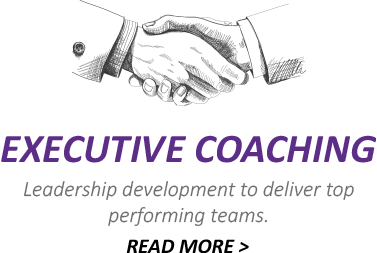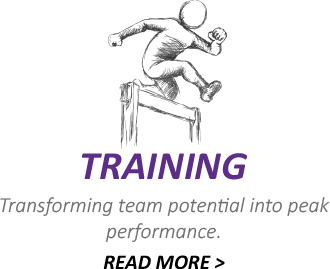
Language is powerful, by its skilful use you control and influence the discussion, which influences the relationship and ultimately the business results. There’s a direct line between these three elements. If you’re in a sales, then language is the primary tool of your trade. Therefore, it behoves you to continually improve your use of this vital asset.
In this post let’s look at three key ways you can maximise the impact of your language with clients.
- Adopt a Value Driven Mentality. – The notion that you are a vendor trying to sell your wares in a subservient position is simply erroneous and counterproductive to both of you. The reason you are engaging in this conversation with another professional, is to establish whether you can mutually improve each other’s situation. Your role in this conversation is to see if your expertise, previous client experiences and innovative ideas might add value to your prospective client.
So, don’t walk in trying to sell, listen for people’s objectives and focus on suggestions to achieve them.
When you start with this correct mentality it will reduce your fear of rejection, improve your confidence and enable you to use language effectively to create meaningful discussions.
- Create a peer level conversation. – You need to establish peer level communication with the buyer. For example, at the beginning of your meeting you could start by suggesting.
“Helen…I’m sure we both have some expectations or objectives for our meeting, why don’t we share them and see what we have and then we can allocate our time together intelligently?”
In this way you have gently inferred that your time is as important as theirs and influenced a direction for the meeting moving forward.
- Ask thought provoking questions. – Great questions open up the conversation and get people thinking differently about their situation.
“As you look forward now to the next 12-18 months what are the 2 or 3 most important things that must be achieved?”
Getting them talking about their plans and objectives. For example, do they want to increase sales volume, improve their margin, break into a new market sector or introduce new projects or services?
Where do they see the opportunities together with any potential challenges?
Based on their responses, dig a bit deeper to find out….
“Why is that such an important goal?”
“What would it mean for the company to achieve this? And for them personally?”
From this point you are in a position to switch from the LEARNING phase to the TEACHING/SHARING phase.
“May I suggest a couple of ideas that other successful clients have used in this area?
I’d be interested to see if they are relevant and might be of value to you too.”
Now you can offer your suggestions to help them reach the previously mentioned goals.
Asking questions that appear just to provide you with useful information can make the conversation seem like an interrogation. So, they need to be presented with the client’s best interest and objectives in mind to make it a valuable conversation for both of you.
“When you review your sales/production/marketing etc is there anything you’re not 100% happy with?”
“When you look at this area, where are you at currently and where would you ideally like to get to?”
The gap between where they are now and where they need to get to is your – Value Distance.
This is the value you can add and normally it’s worth much more to your customer’s business than the cost involved in investing in your product or service because it focuses on achieving a key business objective.
I hope this gives you a flavour for the type of meeting conversation you want to adopt. It’s a peer level conversation where you are there to help them grow and develop their business using your expertise and experience to add outstanding value.
I encourage you to step out of your normal meeting format and include some fresh and thought-provoking questions.
You and your prospects will both be glad you did!
To your continued sales success.
Peter





